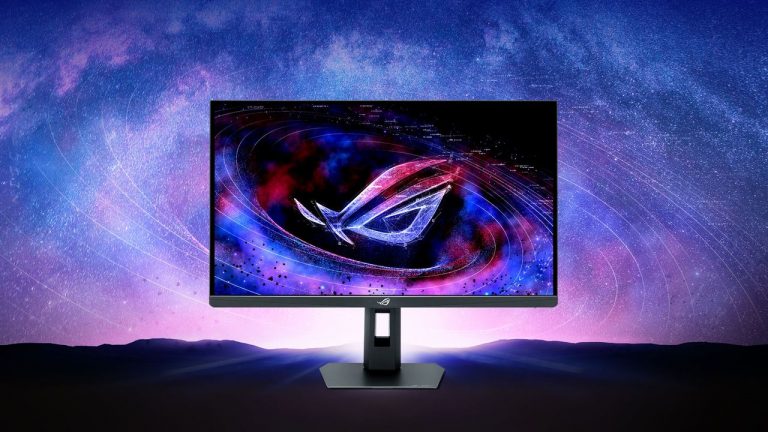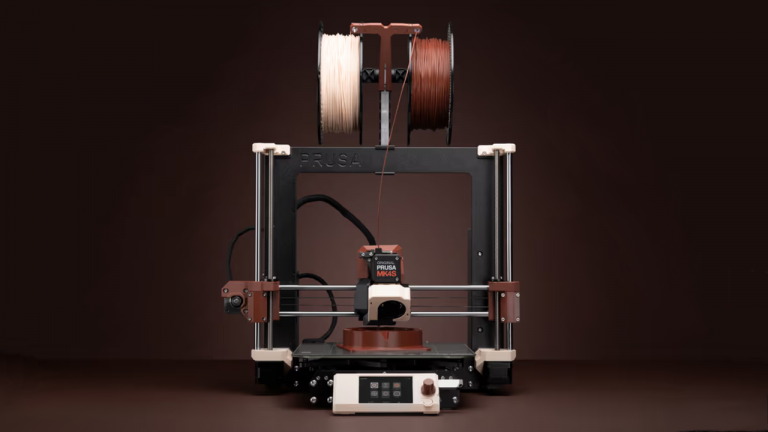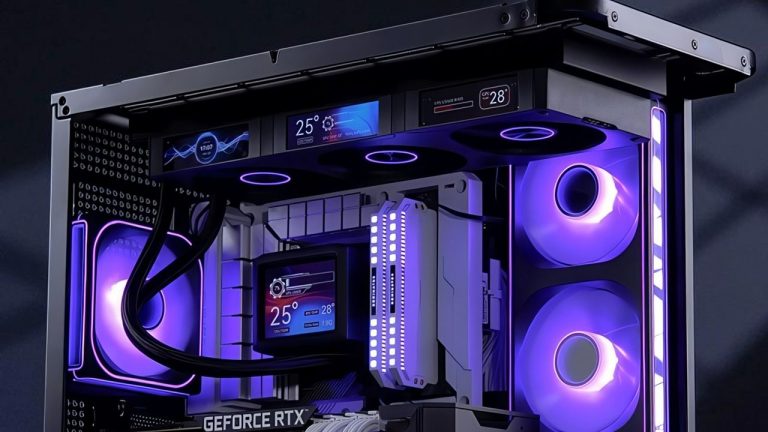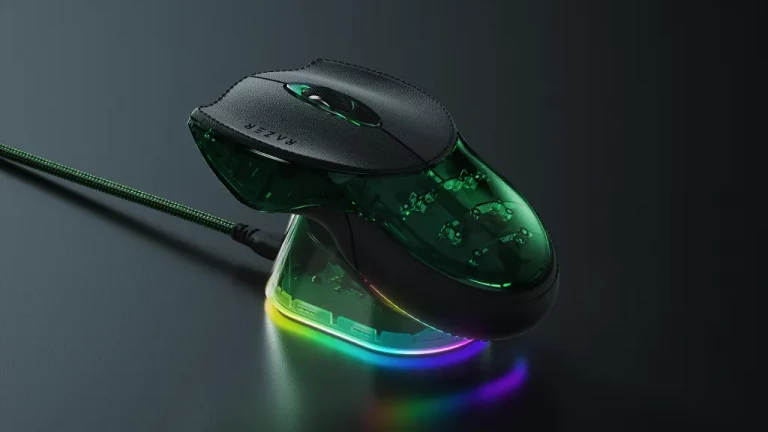Get ready party people, there’s a new Bluetooth standard out. Not excited? Bluetooth is actually a pretty big deal, what with its utter ubiquity across digital devices. Any upgrades could have quite an impact on day-to-day life. So, what does the new Bluetooth 6 standard, unveiled earlier this week, bring?
The current Bluetooth 5 standard has been knocking around since 2016, so some revisions were arguably overdue. Probably the biggest upgrade involves device location via a new feature known as Channel Sounding.
The feature essentially enables the direction and range between two Bluetooth devices to be determined with an accuracy of one centimetre. The net result is that Bluetooth 6 will be able to act like Ultra Wideband—which Apple uses for its Air Tags—with regard to device tracking.
Channel Sounding should not only mean that various ‘find my device’ services offered by the likes of Apple, Samsung, Google, and others are more accurate. It will likely mean that such location services will become more widespread across more device types as an Ultra Wideband chip will no longer be needed.
That said, Channel Sounding is an optional, not compulsory, feature for Bluetooth 6, which is probably no bad thing for security. You probably don’t want every Bluetooth 6 device to be trackable by default.
Channel Sounding is also intended to make features like keyless go for cars more secure, reliable, and accurate. It will mean, for instance, that your car door won’t unlock until you are much closer to the vehicle, which has obvious security benefits.
Bluetooth 6 Channel Sounding: You know your LE controller from your HCI command, right? (Image credit: Bluetooth Special Interest Group (SIG))
Next up is improved filtering and efficiency. Decision-Based Advertising Filtering will help Bluetooth devices reduce power consumption by ensuring they only scan for data packets when they receive data on the primary channel relevant to their application.
Bluetooth 6 also detects when a device moves out of range, which will prevent redundant connection attempts, again saving energy. Generally, the idea is to better ensure that Bluetooth devices only communicate with each other when needed, improving efficiency and therefore battery life.
(Image credit: Future)
Best CPU for gaming: The top chips from Intel and AMD.
Best gaming motherboard: The right boards.
Best graphics card: Your perfect pixel-pusher awaits.
Best SSD for gaming: Get into the game ahead of the rest.
Notably absent from the new standard, as far as we can see, are any explicit improvements to bandwidth. Effective bandwidth may improve thanks to the improved filtering leading to less redundant data being transmitted, but the headline data rates remain unchanged.
Lower latency would be nice for everything from Bluetooth mice and headphones, too. Happily, that should be improved on at least some devices courtesy of Isochronous Adaptation Layer (ISOAL) Enhancement. This enables Bluetooth devices to divide data frames into smaller chunks while ensuring timing information remains accurate.
Whether this will make Bluetooth devices fast enough for gaming remains to be seen, but our fingers and toes are crossed. As for how long it will take for these new features to turn up in devices, a lag of around a year from standard announcement to supporting devices is fairly typical. So, 2025 will probably turn out to the year of Bluetooth 6. We’ll wait and see if 2025 is also the year that Bluetooth becomes good enough for wireless gaming headsets.









![Capcom says it wants Mega Man, Devil May Cry, and Ace Attorney to be ‘core IPs’ like Monster Hunter and Street Fighter: ‘[We] recognize the need to grow our pipeline going forward’](https://prefersystems.com/wp-content/uploads/2025/12/5oNEbMbZ9a9gP4bqjBKY2U-1280-80-1YIJsa-768x471.jpeg)

